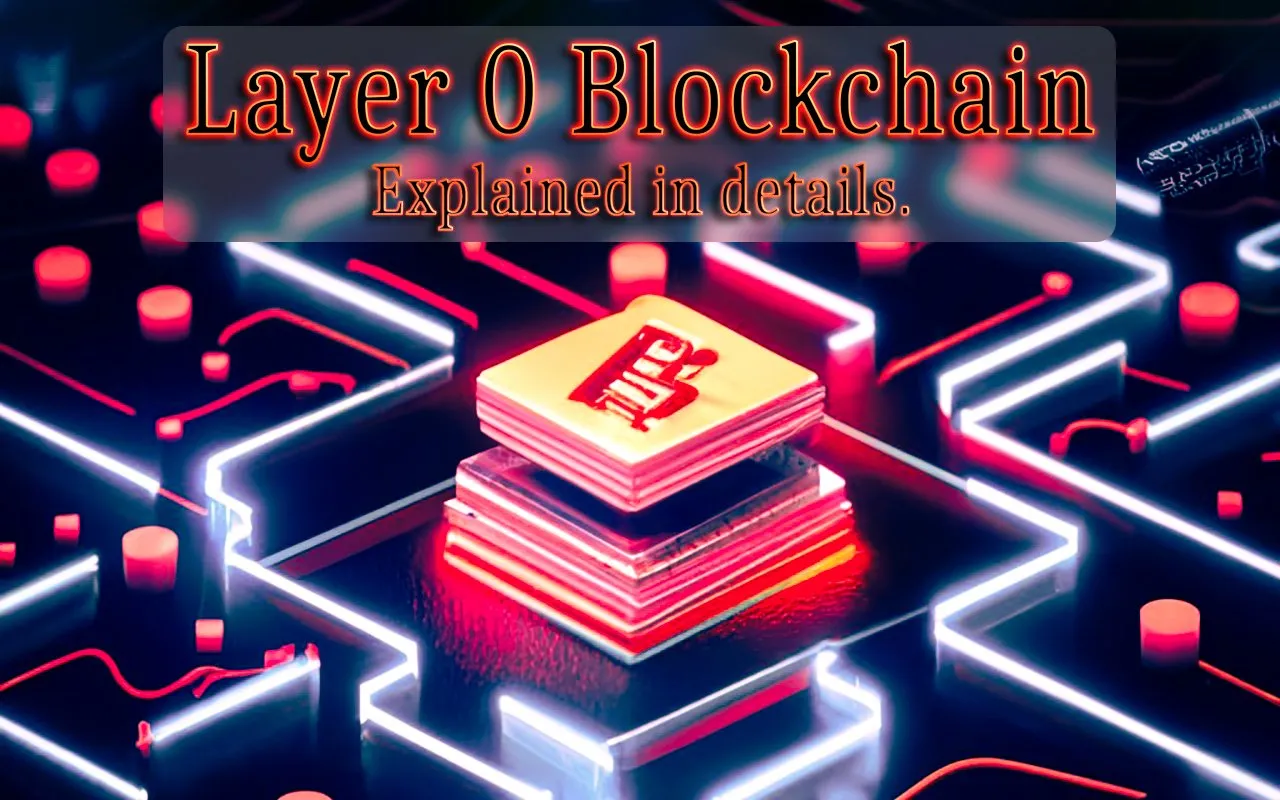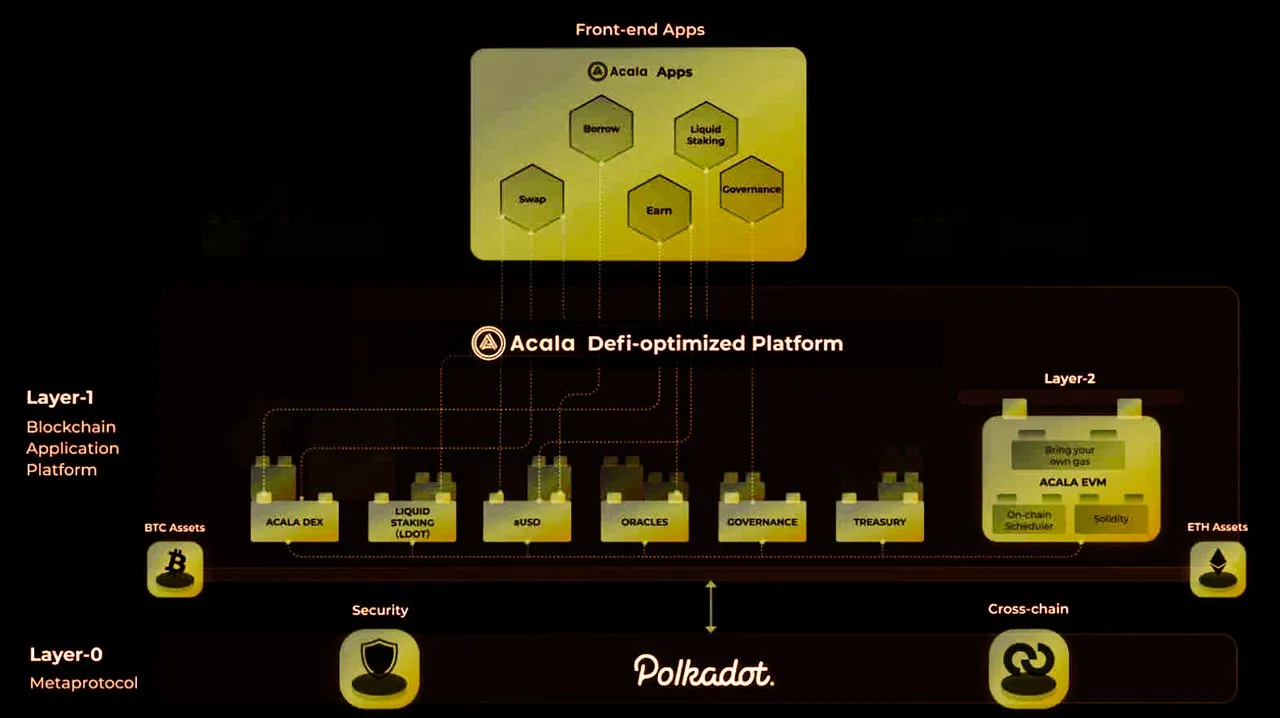
Within the intricate world of blockchains, Layer 0 emerges as a key facilitator of interoperability. This meticulously designed protocol serves a clear purpose: to enable effective communication between Layer 1, 2, and 3 blockchains. Instead of relying on external smart contracts, Layer 0 stands as the essential link between different networks. It is this pivotal role that defines its importance in the blockchain universe.
Detailed Functioning of Layer 0 Blockchain:

At the core of the Layer 0 Blockchain is a clever framework for blockchain development that gives rise to a peer-to-peer (P2P) network. This network not only acts as a sturdy bridge between different blockchains but also serves as an incubator for the creation of new blockchains leveraging this innovative framework. The decentralized structure of the P2P network facilitates direct and efficient communication between nodes, eliminating intermediaries and strengthening network security by avoiding single points of failure.
When a transaction initiates in this network, nodes coordinate for its validation. Here, the Proof of Stake (PoS) consensus mechanism comes into play, where users participate in validation by staking their tokens. The amount of tokens staked determines the likelihood of being selected as a validator. This staking system not only promotes security by aligning validator incentives with network integrity but also replaces competition based on solving computational puzzles, as seen in Proof of Work (PoW). Additionally, the sharding strategy divides the network into independent fragments, called shards, to process transactions autonomously, optimizing overall network speed and capacity. This ingenious design ensures efficiency, security, and scalability.
Vital Importance and Urgent Necessity:
The importance of the Layer 0 Blockchain lies in its ability to address a persistent challenge in the blockchain world: scalability. This issue has long limited the performance of blockchains, especially when handling a large volume of transactions. Layer 0 emerges as a vital solution, allowing blockchains to overcome scalability limitations without sacrificing decentralization, a fundamental principle in blockchain technology.
By addressing this critical problem, Layer 0 not only improves transaction efficiency and speed but also opens new frontiers of possibilities for decentralized applications (DApps) and various use cases. Its crucial role in optimizing scalability translates into a significant advancement for the widespread adoption of blockchain technology in sectors that demand high performance, such as finance, supply chain management, and internet of things (IoT) applications.
Advantages of Layer 0 Blockchain:
| Aspect | Description | ||||||
|---|---|---|---|---|---|---|---|
| Scalability | Layer 0 effectively addresses the scalability challenge by creating a secondary network optimized for transaction processing. This allows the underlying blockchain to focus on security and consensus, managing a much larger volume of transactions.
Speed |
By processing transactions in an optimized manner, Layer 0 surpasses existing blockchain technologies in speed. The use of sharding and the Proof of Stake consensus mechanism enable quick and efficient transaction validation.
Security |
By building on the existing blockchain and using the same security protocols, Layer 0 maintains the same level of security.
Cost |
Layer 0 blockchains are more cost-effective as they are optimized for transaction processing. This efficiency translates into the ability to handle a greater number of transactions without requiring expensive hardware.
Challenges in the Implementation of Layer 0 Blockchain: Despite its benefits, the implementation of Layer 0 faces considerable challenges. Adoption will depend on its ability to gain acceptance from businesses and individuals, requiring significant efforts in terms of marketing and education. Integration with existing systems will be a significant challenge, demanding substantial changes that can be costly and time-consuming. Security will be another crucial aspect, requiring significant investments in security protocols and processes. Conclusions: In conclusion, Layer 0 Blockchain represents a crucial advancement in the world of blockchain technology. It offers a scalable, efficient, and cost-effective solution to the persistent challenge of scalability. Although it faces challenges in its implementation, Layer 0 has the potential to transform the blockchain landscape, paving the way for a more efficient and versatile future. Its fundamental role in shaping the destiny of the sector is undeniable, and its adoption and evolution will continue to define the next era of blockchain technology. Reference:
Hardware used Social Media
|
